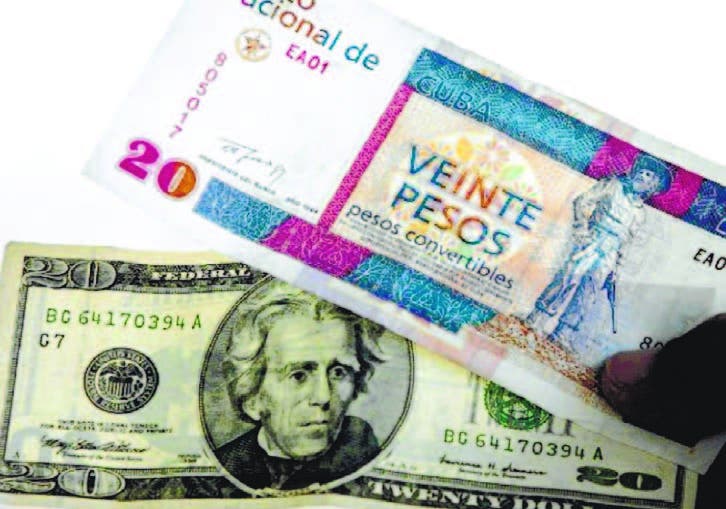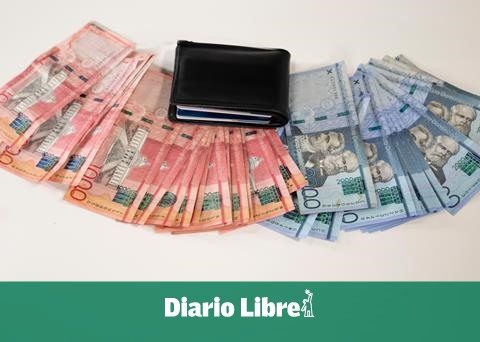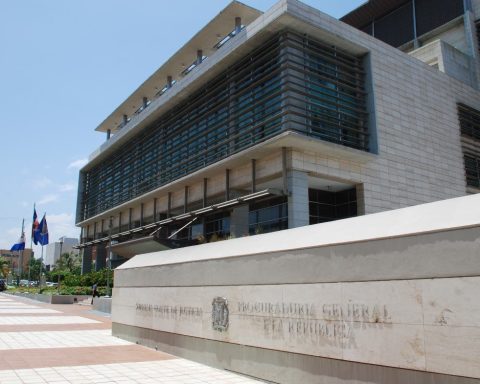As of yesterday, Cuban banks and exchange houses will begin to buy dollars at a price of 120 Cuban pesos per greenback, a rate similar to that of the black market, a mechanism designed to attract foreign currency.
The announcement was made by the deputy prime minister and economy minister, Alexander Gil Fernandezand the minister president of the Central Bank of Cuba, Martha Sabina Wilson.
This is a “first step” so that, in the future, the State can implement an exchange market in which it can also sell foreign currencies, Gil announced during an intervention on state television.
Gil did not clarify when the Government will begin to sell foreign currency, but he did clarify that it will happen when “purchase and sale conditions exist.” From then on, the market will operate for the purchase and sale of foreign currency, at a unified rate.
Can read: Employment has recovered 100% in the tourism sector
In this way, the Government seeks to correct the disparity between the official exchange of 24 Cuban pesos per dollar and the more than 110 with which the greenback is purchased in the informal market.
In addition to the fact that it will be an “incentive” for nationals and foreigners to sell foreign currency directly to the State. “The strategic objective is that we operate the economy in national currency but with (…) real purchasing power,” added Gil. The purchase will be available at airports, hotels, banks and state exchange houses, according to the Minister of Economy.
“There is an incentive to exchange these currencies in the informal market,” he admitted, adding that “there is a level of foreign currency that is entering the country that is not being captured by the national banking system.”
He said that this step that they are taking since yesterday does not affect the business system, where the 1×24 exchange rate is maintained. The imports that enter do so with that change, as well as the exports that are generated in the country.
“The measures we have taken also respond to the increase in the supply in pesos, a greater participation of national producers and financing of the national industry,” he said.

















